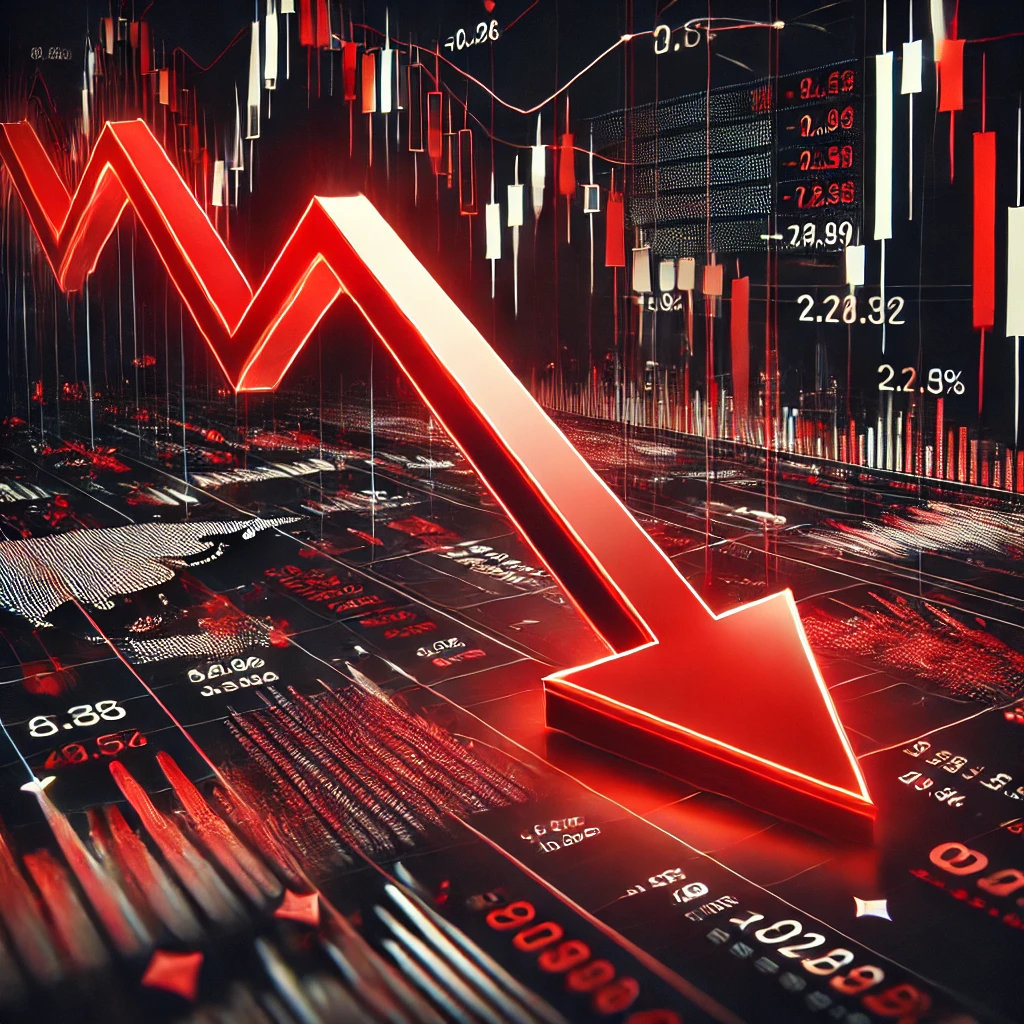
The concept of a market crash is one that looms over investors, businesses, and policymakers alike. Known for causing rapid declines in stock prices, such events often ripple through economies, affecting household wealth, business growth, and even triggering global recessions. The stakes are particularly high in 2024, with heightened volatility and concerns about the stability of financial markets worldwide.
What Is a Market Crash?
A market crash is generally defined as a rapid, often steep decline in stock prices across major sectors within a stock exchange. It can last for days, weeks, or even months, depending on the severity and underlying causes. The resulting sell-off leads to substantial losses for investors, eroding wealth and confidence across markets. Some investors may resort to panic-selling, further exacerbating the downward trend.
In 2024, the potential for a market crash is influenced by several interrelated factors, from economic conditions to investor sentiment and geopolitical tensions. Knowing the causes, consequences, and historical patterns behind market crashes helps investors and policymakers prepare and make informed decisions.
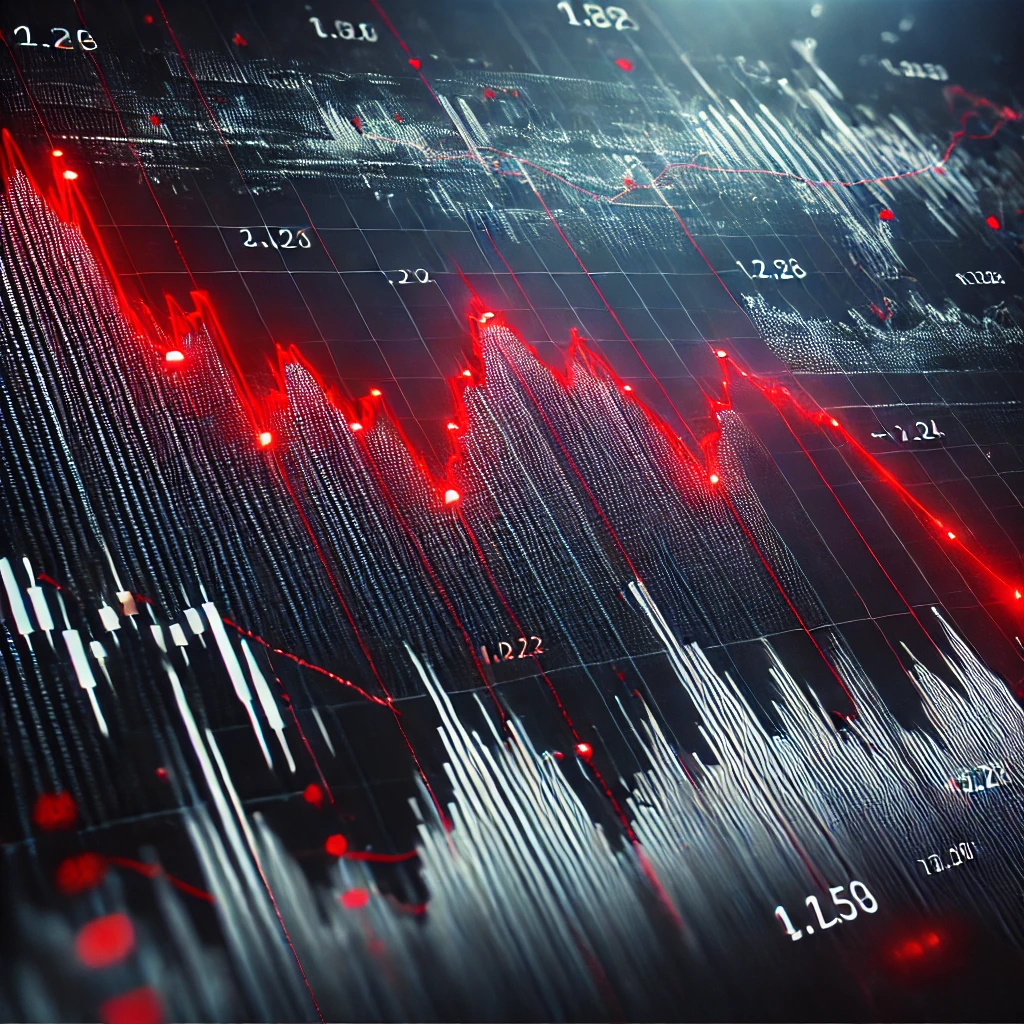
Causes of Market Crashes: What Drives These Sudden Declines?
While it can be challenging to predict the exact timing of a market crash, several common causes have been identified. Below, we examine these contributing factors in detail, each with unique implications for the stock market and broader economy:
1. Economic Instability
A slowdown in the economy is one of the primary factors that can lead to a market crash. When economic growth decelerates, indicators such as employment rates, gross domestic product (GDP) growth, and consumer spending can show troubling signs. For instance, rising unemployment or lower consumer spending can signal that the economy is not in a healthy state, leading to decreased corporate profits and investor confidence.
2. Rising Interest Rates
In 2024, rising interest rates have become a significant concern. Central banks worldwide, including the U.S. Federal Reserve, may increase interest rates to curb inflation. However, high interest rates also make borrowing more expensive for consumers and businesses alike, leading to reduced spending and investment. As interest rates rise, companies may face shrinking profit margins, making them less attractive to investors.
3. Political and Geopolitical Tensions
Geopolitical events, such as trade conflicts, political instability, and even wars, can unsettle investors and lead to abrupt sell-offs. Trade wars or tariffs can disrupt global supply chains, affecting companies’ revenues and profits. In 2024, tensions between major economic powers can create uncertainty that impacts global stock markets, leading investors to flee from equities into safer assets.
4. Market Overvaluation and Speculation
Speculative behavior often leads to asset bubbles, where asset prices soar well beyond their intrinsic value. In these scenarios, markets become more vulnerable to sudden corrections. As the prices of overvalued assets return to sustainable levels, panic selling may ensue, leading to a market crash. Speculation can be particularly dangerous when investors use leverage to buy stocks, as this can amplify both gains and losses.
5. Technological Disruptions and Systemic Risks
Technological advancements bring both opportunities and risks. In recent years, the increased use of algorithmic trading has led to rapid buying and selling of assets based on programmed instructions, potentially leading to “flash crashes” where prices drop rapidly before rebounding. Additionally, vulnerabilities in cybersecurity or technological malfunctions can cause significant disruptions.
How a Market Crash Impacts the Economy and Individuals
The effects of a market crash are far-reaching, affecting more than just investors. A severe crash can lead to economic recessions, as businesses, households, and governments are impacted by declining stock values. Here’s a look at some of the key ways a market crash can impact the economy:
1. Decline in Investor Wealth
When the market crashes, the wealth of investors, especially those heavily invested in stocks, can drop substantially. The loss of wealth often leads to decreased consumer spending, as people become more cautious with their finances. Given that consumer spending constitutes a significant portion of GDP, reduced spending can slow down the economy.
2. Increased Recession Risk
Market crashes are often precursors to recessions. A significant crash can lead to a contraction in the economy, impacting businesses and individuals alike. During a recession, companies cut costs, often by laying off employees and halting expansion plans. This, in turn, leads to increased unemployment and reduced consumer spending, creating a downward spiral.
3. Reduced Corporate Access to Capital
For companies, a lower stock price can hinder access to capital markets. When stocks fall, the ability of companies to raise funds by issuing new shares diminishes, potentially limiting their ability to invest in growth or innovation. Furthermore, some companies may find it difficult to service existing debt if their stock value declines substantially, making it challenging to raise funds through bonds.
4. Impact on Retirement Savings and Pensions
Market crashes also impact retirement savings, as many retirement funds are invested in the stock market. Individuals nearing retirement may experience a reduction in their savings, affecting their financial security. Pension funds, which often hold substantial investments in equities, may also suffer losses, affecting their ability to meet future obligations.

Warning Signs of an Impending Market Crash
While it’s impossible to predict the exact moment of a market crash, some warning signs can help investors gauge the likelihood of an impending downturn:
Inverted Yield Curve
An inverted yield curve occurs when short-term interest rates rise above long-term rates, a situation that often signals investor pessimism about the economy’s future. Historically, an inverted yield curve has been one of the most reliable indicators of an upcoming recession.
High Volatility
Spikes in volatility indexes, such as the VIX (often referred to as the “fear index”), indicate rising uncertainty and nervousness among investors. As volatility rises, investors become more risk-averse, selling off stocks to preserve capital, which can contribute to a market downturn.
Market Bubbles in Specific Sectors
When asset prices in particular sectors (e.g., technology, real estate) rise rapidly, these areas may be experiencing a speculative bubble. When prices in these sectors become unsustainable, they can lead to a broader market correction if the bubble bursts.
Historical Examples of Major Market Crashes
Examining previous market crashes offers insight into the causes, effects, and recovery patterns that follow such events. Here are some notable examples:
1. The Great Depression (1929)
The 1929 market crash remains one of the most severe crashes in history, with stock prices plummeting nearly 90% from their peak. This crash was precipitated by excessive speculation, poor financial regulation, and economic instability. The Great Depression that followed was characterized by high unemployment and a long period of economic stagnation.
2. Black Monday (1987)
In October 1987, global stock markets saw one of the largest one-day declines in history, with the Dow Jones Industrial Average falling nearly 22%. This crash, known as Black Monday, was partly attributed to computerized trading and program trading, which exacerbated selling pressures.
3. The Dot-com Bubble (2000)
The early 2000s saw the bursting of the dot-com bubble, a period marked by overvaluation in technology stocks. As investors poured money into internet-based companies, stock prices soared. However, when companies failed to meet profit expectations, the bubble burst, leading to a sharp decline in stock values and a recession.
4. The 2008 Financial Crisis
The 2008 financial crisis was triggered by the collapse of the U.S. housing market and the excessive exposure of financial institutions to subprime mortgages. When housing prices plummeted, major banks suffered significant losses, leading to a global financial crisis and a deep recession. The crisis led to government bailouts and widespread financial reform.
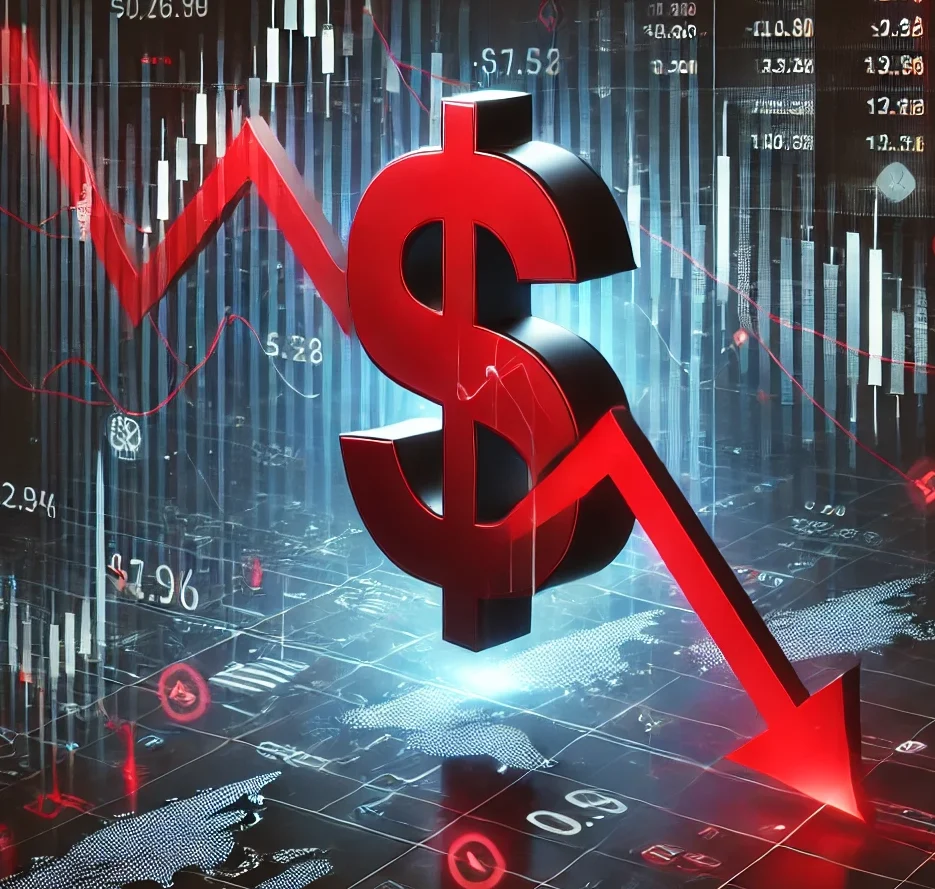
The Impact of a Market Crash on Investor Psychology
The psychological effects of a market crash are significant and can influence investor behavior for years to come. When a crash occurs, fear and uncertainty often drive decision-making, leading to panic selling. Here’s how investor psychology can play a role in market crashes:
Fear and Panic Selling
During a market crash, fear is a powerful force that can lead to panic selling. As investors rush to sell, stock prices drop even further, creating a downward spiral. This fear-driven behavior exacerbates losses and can prolong the recovery period.
Loss Aversion
Investors are generally more sensitive to losses than gains, a phenomenon known as loss aversion. This can lead to overreaction during a market downturn, as investors may sell assets prematurely to avoid further losses, even if the fundamentals of the stock are still strong.
The Impact on Long-term Investing
For long-term investors, a market crash can be distressing, but it also presents opportunities to buy undervalued assets. Historically, markets have rebounded from crashes, often reaching new highs within a few years. Understanding the cyclical nature of markets can help investors maintain a long-term perspective, rather than reacting to short-term volatility.
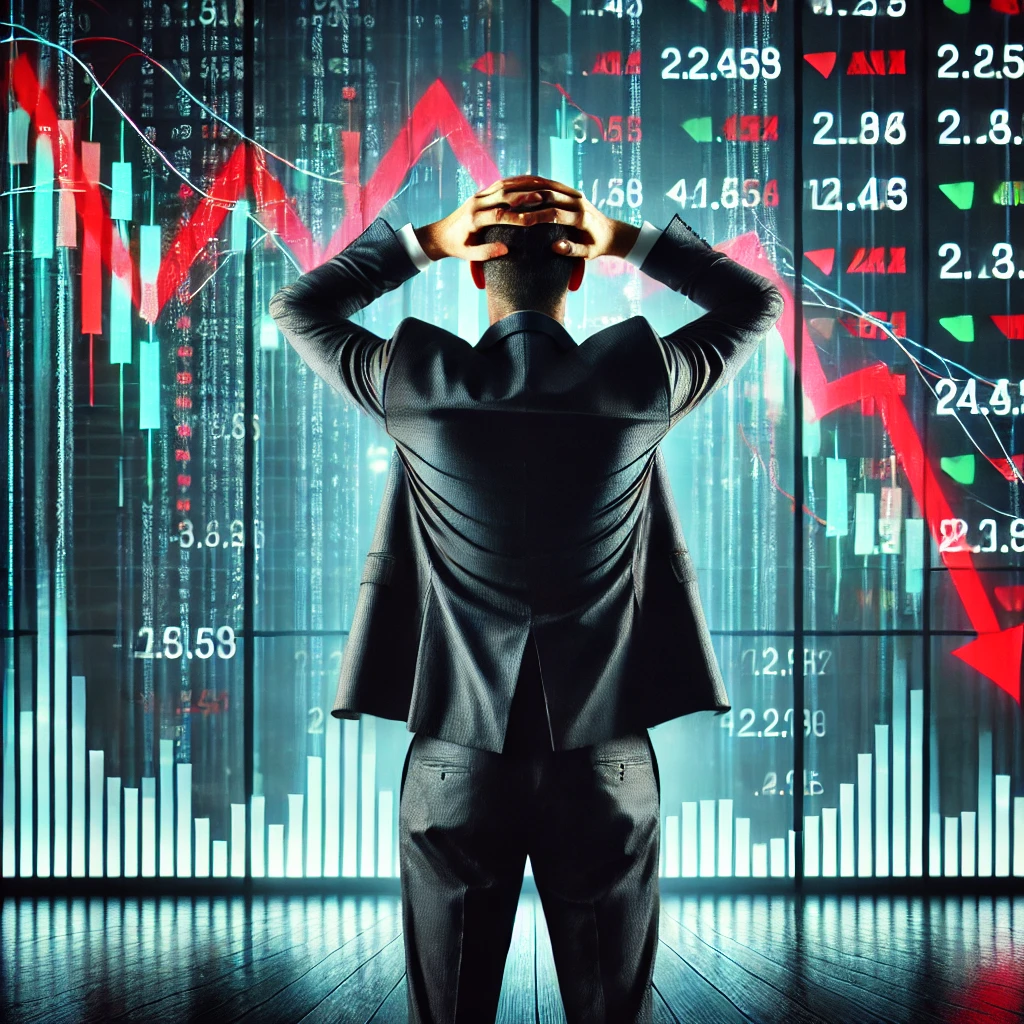
Strategies to Prepare for and Mitigate the Impact of a Market Crash
While predicting a market crash is challenging, investors can take proactive steps to safeguard their portfolios and reduce potential losses. Here are some strategies to consider:
1. Diversification
Diversification is a fundamental strategy for mitigating risk. By spreading investments across various asset classes, such as bonds, real estate, and international stocks, investors can reduce the impact of a downturn in any one sector.
2. Building Cash Reserves
Maintaining a cash reserve allows investors to take advantage of buying opportunities that may arise after a market crash. During a downturn, asset prices may become undervalued, creating favorable conditions for long-term investment.
3. Avoiding High Leverage
Investors using high levels of leverage may face significant losses during a crash, as they are required to repay borrowed funds regardless of market conditions. By minimizing leverage, investors can reduce the risk of being forced to sell assets at a loss.
4. Maintaining a Long-term Perspective
For investors with a long-term horizon, staying focused on future goals rather than short-term fluctuations is essential. Market crashes are often followed by periods of recovery, and selling assets during a downturn can result in missed gains when the market rebounds.
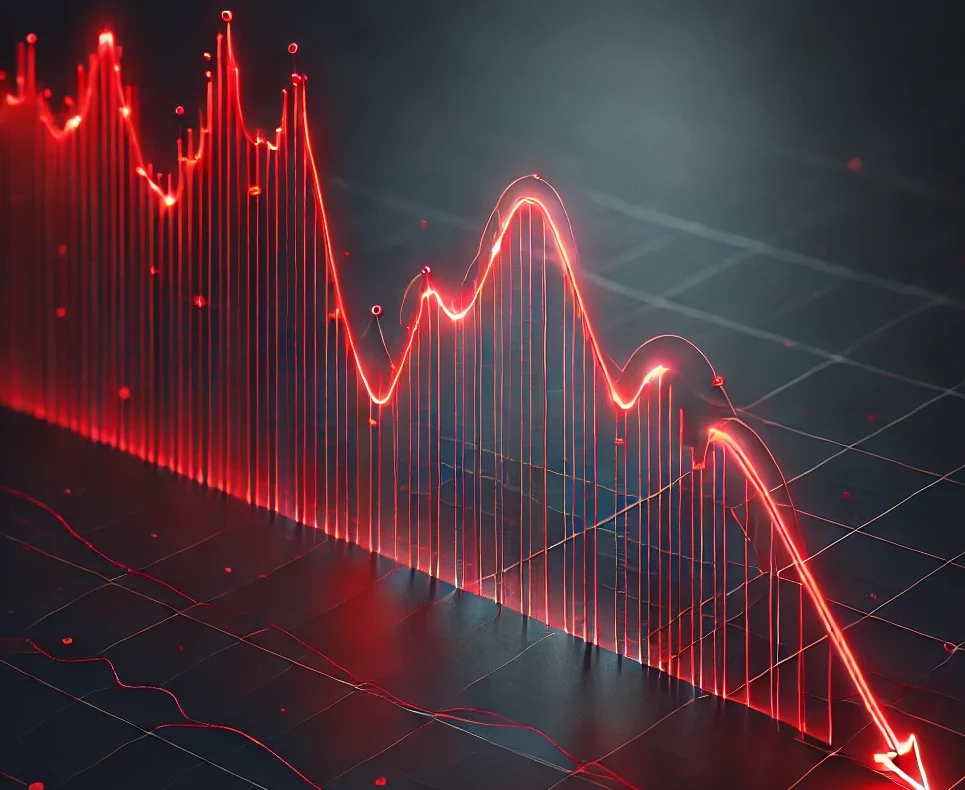
Final Thoughts on Market Crashes in 2024 and Their Broader Significance
A market crash, while unsettling, is a natural part of the economic cycle. For investors, understanding the causes, warning signs, and effects of a crash can provide valuable insights into managing risk. By preparing for potential downturns, investors can not only protect their portfolios but also identify opportunities for growth during challenging times.
In 2024, with economic uncertainties and geopolitical tensions at play, the risk of a market crash remains a topic of concern. However, by staying informed, maintaining diversified portfolios, and focusing on long-term growth, investors can better navigate the potential turbulence and emerge stronger.
Understanding market crashes and their broader implications can help both seasoned investors and the general public appreciate the cyclical nature of financial markets. Armed with this knowledge, individuals can make informed decisions that enhance financial resilience, regardless of market conditions.
Visit our other website: https://synergypublish.com
